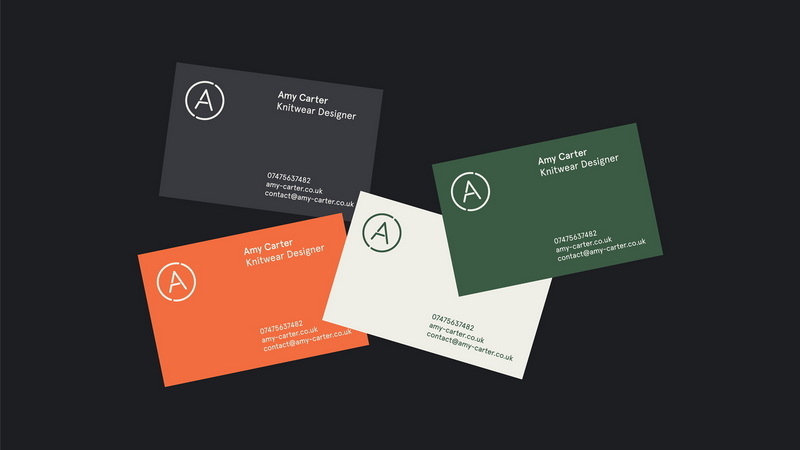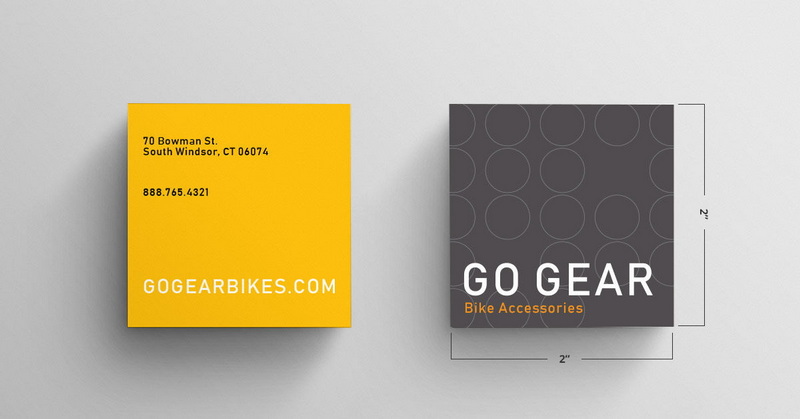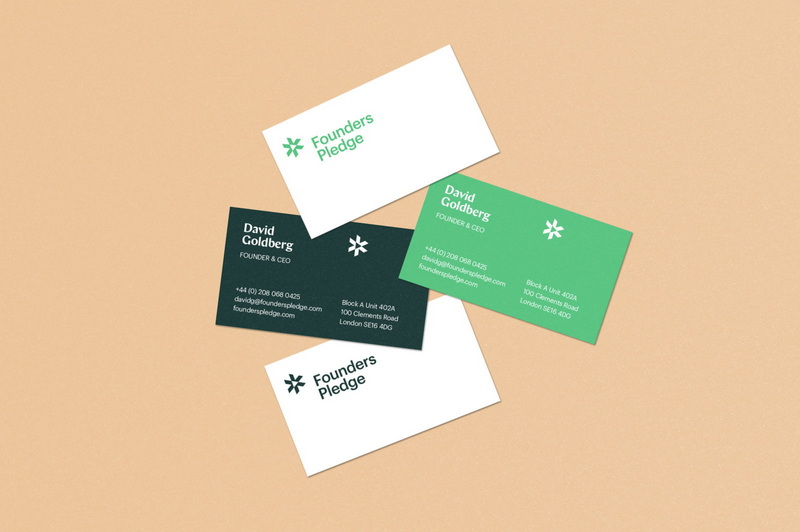Content Menu
● Understanding Business Card Dimensions
● Standard Business Card Sizes
● Variations in Business Card Sizes
● Importance of Bleed and Safe Areas
● Designing Your Business Card
● Printing Considerations
● Cultural Considerations in Business Card Exchange
● Digital Business Cards
● Environmental Considerations
● Conclusion
● Frequently Asked Questions
>> 1. What is the most common size for a business card?
>> 2. Are there different standard sizes for business cards in other countries?
>> 3. What does "bleed" mean in business card design?
>> 4. How should I prepare my file for printing?
>> 5. Can I use a mini or square business card?
● Citations:
Understanding Business Card Dimensions
Business cards are a fundamental tool in professional networking, serving as a tangible representation of one's identity and brand. Despite the digital age's influence, the significance of a well-designed business card remains strong. This article delves into the dimensions of business cards, exploring standard sizes across different regions, variations, design considerations, and practical tips for creating effective cards.

Standard Business Card Sizes
The dimensions of business cards can vary significantly based on geographic location and cultural norms. However, several standard sizes are widely recognized:
- United States and Canada: The most common size is 3.5 inches by 2 inches (88.9 mm x 50.8 mm). This size is designed to fit easily into wallets and cardholders, mirroring the dimensions of a credit card.
- United Kingdom and Europe: The standard size is typically 3.346 inches by 2.165 inches (85 mm x 55 mm). This size is slightly smaller than its North American counterpart but still fits comfortably in wallets.
- Japan: Japanese business cards, known as *meishi*, measure 3.582 inches by 2.165 inches (91 mm x 55 mm). The slightly larger size reflects the cultural importance placed on business card exchanges.
- Australia and New Zealand: The standard size here is 3.543 inches by 2.165 inches (90 mm x 55 mm), which aligns closely with the sizes used in Asia.
- China and Hong Kong: Business cards typically measure 3.543 inches by 2.125 inches (90 mm x 54 mm).
Variations in Business Card Sizes
While standard sizes are prevalent, many businesses opt for unique dimensions to stand out:
- Square Cards: These trendy cards usually measure 2 inches by 2 inches (51 mm x 51 mm) or larger variants like 3 inches by 3 inches (76 mm x 76 mm). Their symmetrical shape can be visually appealing and memorable.
- Mini Business Cards: Smaller than traditional cards, mini cards often measure around 1.1 inches by 2.75 inches (28 mm x 70 mm), making them an eye-catching alternative that can easily be handed out or slipped into pockets.
- Folded Cards: These provide more space for information and can be designed to open like a greeting card, typically measuring around 3.5 inches by 4 inches when folded. Folded cards allow for creative designs that can include additional information or graphics.
- Custom Shapes: Some businesses choose to create custom-shaped cards that reflect their brand identity or industry, such as rounded corners or die-cut designs that resemble products or logos.
Importance of Bleed and Safe Areas
When designing business cards, it's crucial to consider bleed and safe areas to ensure that your design looks professional after printing:
- Bleed Area: This refers to the area that extends beyond the trim line of your card design. A common bleed size is 0.125 inches (1/8 inch) around all sides. This extra space prevents any white edges from appearing after cutting.
- Safe Area: Important text or logos should be kept within the safe area, which is typically about 0.125 to 0.25 inches from the trim line to avoid being cut off during printing.
Understanding these areas helps ensure that your design maintains its intended look after production, avoiding any last-minute surprises that could detract from your professional image.
Designing Your Business Card
Creating an effective business card involves more than just choosing a size; it also requires thoughtful design elements:
- Typography: Choose fonts that reflect your brand identity while ensuring readability at small sizes. Avoid overly decorative fonts that may compromise clarity.
- Color Scheme: Use colors that align with your branding but also consider how they will appear when printed. Colors can look different on screen compared to printed materials due to variations in ink and paper quality.
- Graphics and Logos: Incorporate your logo prominently but ensure it doesn't overwhelm other essential information such as your name, title, and contact details.
- Material Choices: The thickness and texture of the card stock can influence perception; thicker cards often feel more substantial and professional while textured finishes can add a tactile element that enhances the overall impression.

Printing Considerations
When preparing your business card for print, keep these factors in mind:
- Resolution: Aim for a resolution of at least 300 DPI (dots per inch) for clear printing quality. Lower resolutions can result in blurry text and images.
- File Format: Common formats include PDF, AI (Adobe Illustrator), or PSD (Photoshop). Ensure your file is set up correctly with bleed areas included to prevent any loss of critical design elements during trimming.
- Proofing: Always request a proof before final printing to check colors, alignment, and overall design integrity. This step is crucial for catching any mistakes before they become permanent.
Cultural Considerations in Business Card Exchange
In many cultures, the exchange of business cards carries significant meaning beyond mere contact information:
- In Japan, presenting a business card is a formal ritual; it's essential to offer the card with both hands while bowing slightly as a sign of respect. The recipient should take time to examine the card before putting it away carefully.
- In some Middle Eastern countries, business cards are exchanged after introductions but should be treated with care—showing respect for someone's professional identity is paramount.
Understanding these cultural nuances can enhance networking opportunities and demonstrate professionalism when engaging with international contacts.
Digital Business Cards
With technology evolving rapidly, digital business cards have emerged as an alternative to traditional paper cards:
- Digital business cards can be shared via smartphones through QR codes or NFC technology, allowing for quick access to contact information without physical exchange.
- They offer flexibility in design and content updates; if you change jobs or contact details, you can easily update your digital card without reprinting physical copies.
However, while digital options provide convenience, they may lack the personal touch associated with traditional cards—a factor worth considering based on your audience and context.
Environmental Considerations
As sustainability becomes increasingly important in various industries, many professionals are considering eco-friendly options for their business cards:
- Recycled materials can be used to create business cards that minimize environmental impact while still maintaining quality.
- Some companies offer seed paper options where recipients can plant the card after use; this not only provides contact information but also contributes positively to the environment.
Choosing sustainable materials reflects a commitment to environmental responsibility and can resonate well with eco-conscious clients or customers.
Conclusion
In summary, understanding the dimensions of business cards is essential for effective networking and branding. While the standard size in North America is typically 3.5 x 2 inches, variations exist globally that cater to different cultural preferences and practical needs. By considering aspects such as bleed areas, safe zones, design elements, printing specifications, cultural practices in card exchange, digital alternatives, and environmental impacts, you can create a business card that not only represents you professionally but also stands out in a competitive landscape.

Frequently Asked Questions
1. What is the most common size for a business card?
The most common size for a business card in North America is 3.5 x 2 inches, which equates to approximately 88.9 x 50.8 mm.
2. Are there different standard sizes for business cards in other countries?
Yes, different countries have varying standard sizes; for example:
- UK: 85 x 55 mm
- Japan: 91 x 55 mm
- Australia: 90 x 55 mm
3. What does "bleed" mean in business card design?
"Bleed" refers to the area outside the trim line that ensures no white edges appear after cutting; typically set at about 0.125 inches (1/8 inch) beyond the final size.
4. How should I prepare my file for printing?
Ensure your file has a resolution of at least 300 DPI, includes bleed areas, and is saved in an appropriate format such as PDF or AI.
5. Can I use a mini or square business card?
Yes! Mini or square business cards are popular alternatives that can help you stand out; just ensure they fit within your branding strategy.
Citations:
[1] https://www.moo.com/blog/inspiration/business-card-size-and-dimension-guide
[2] https://www.proglobalbusinesssolutions.com/business-card-size/
[3] https://ckgd.net/different-business-card-sizes-around-world/
[4] https://www.48hourprint.com/business-card-sizes.html
[5] https://epiic.com/blog/business-card-dimensions
[6] https://www.mycreativeshop.com/learn/business-card-size-guide-world-tour
[7] https://www.brandly.com/blog/standard-business-card-size/
[8] https://www.4over4.com/content-hub/stories/business-card-size-and-dimensions-in-inches-mm
[9] https://www.printplace.com/articles/standard-business-card-sizes
[10] https://graphicdesign.stackexchange.com/questions/629/what-are-the-dimensions-of-a-business-card
[11] https://www.asianbusinesscards.com/blog/international-business-card-sizes-aspect-ratios/
[12] https://www.zenbusiness.com/blog/business-card-dimensions/
[13] https://www.moo.com/us/business-cards/standard-size
[14] https://graphicdesign.stackexchange.com/questions/1549/where-do-the-various-international-business-card-sizes-come-from
[15] https://www.vistaprint.com/hub/business-card-dimensions
[16] https://www.shutterstock.com/blog/best-business-cards-size
[17] https://www.reddit.com/r/graphic_design/comments/bm63z5/what_is_the_typical_size_for_a_business_card_in/
































